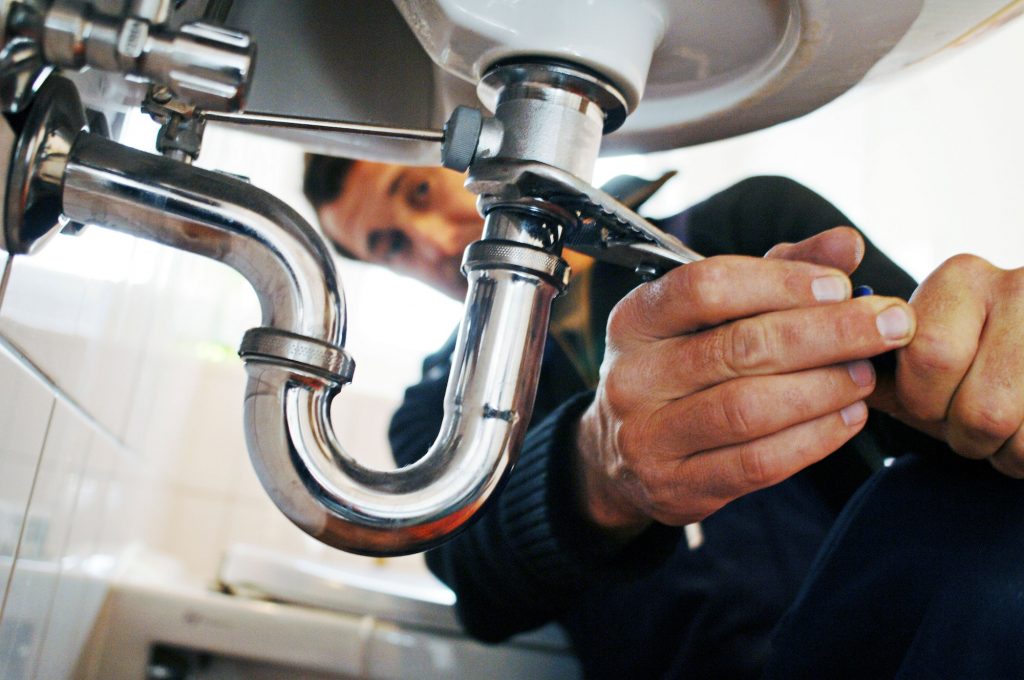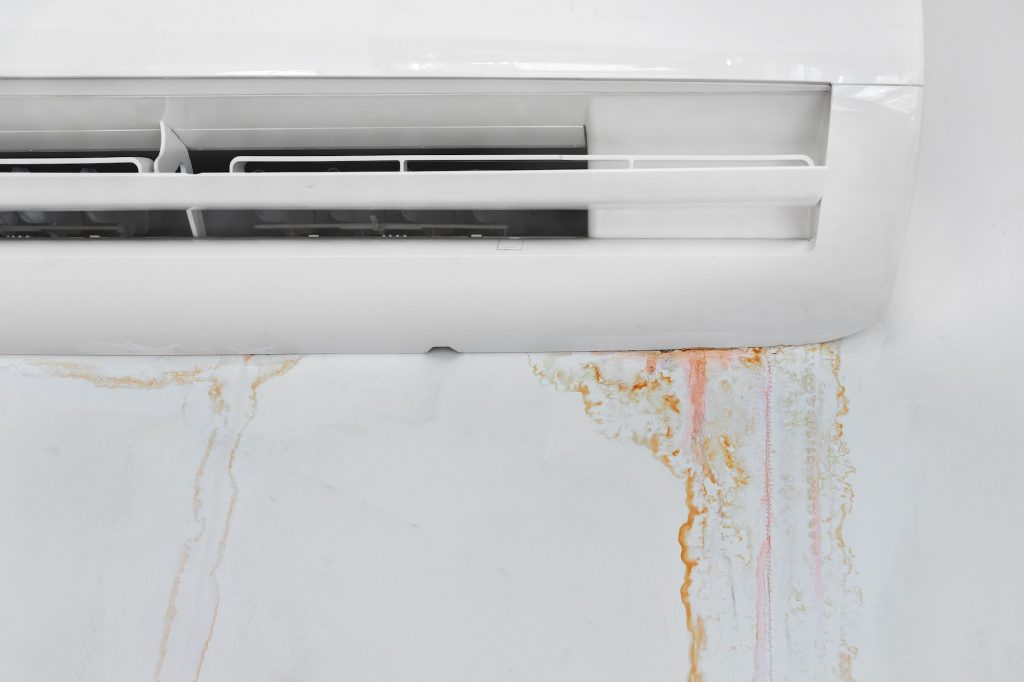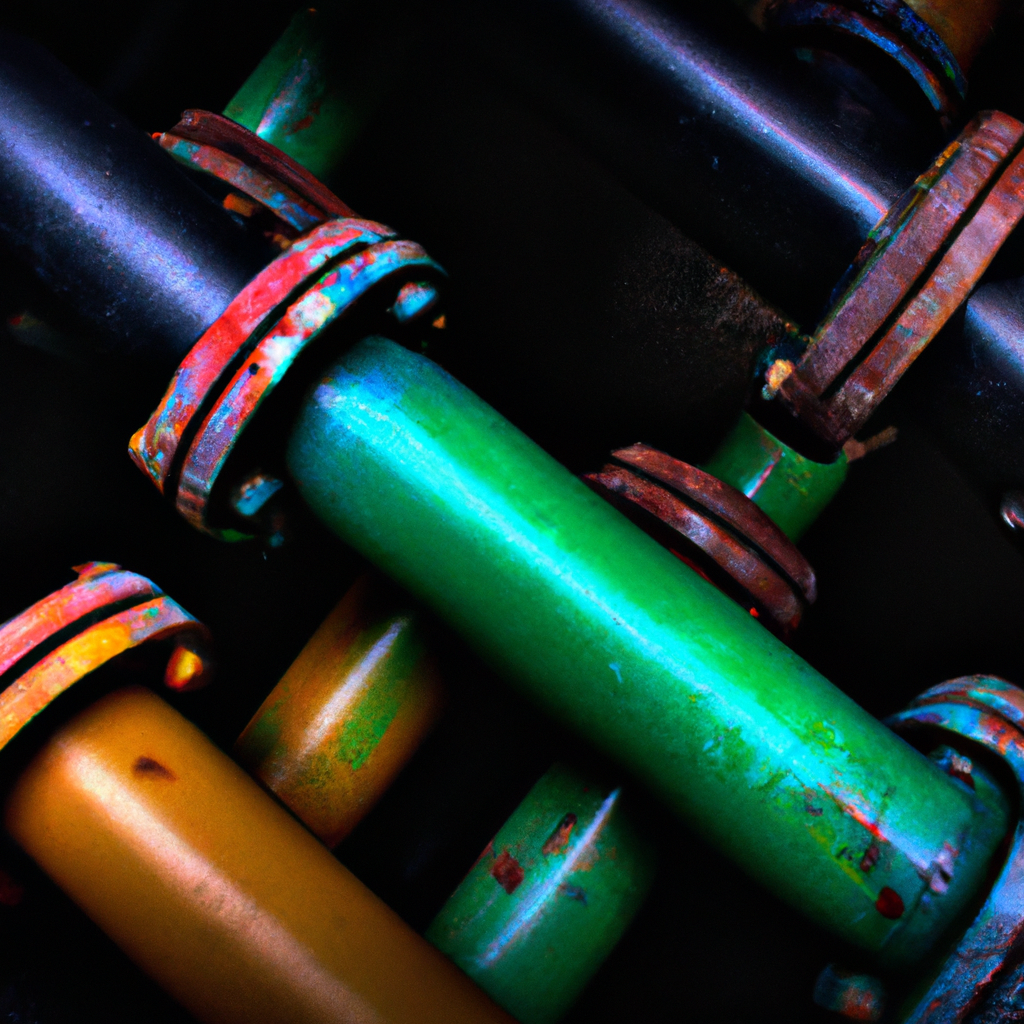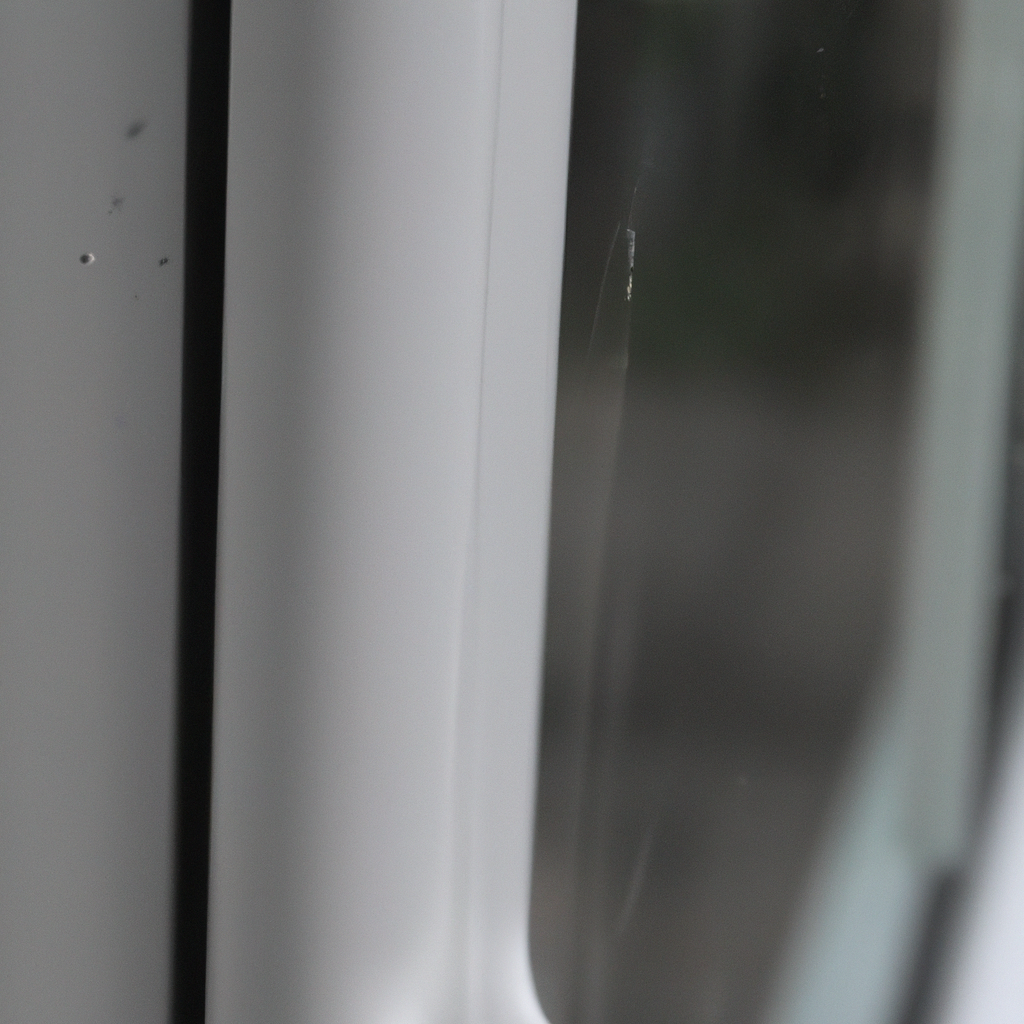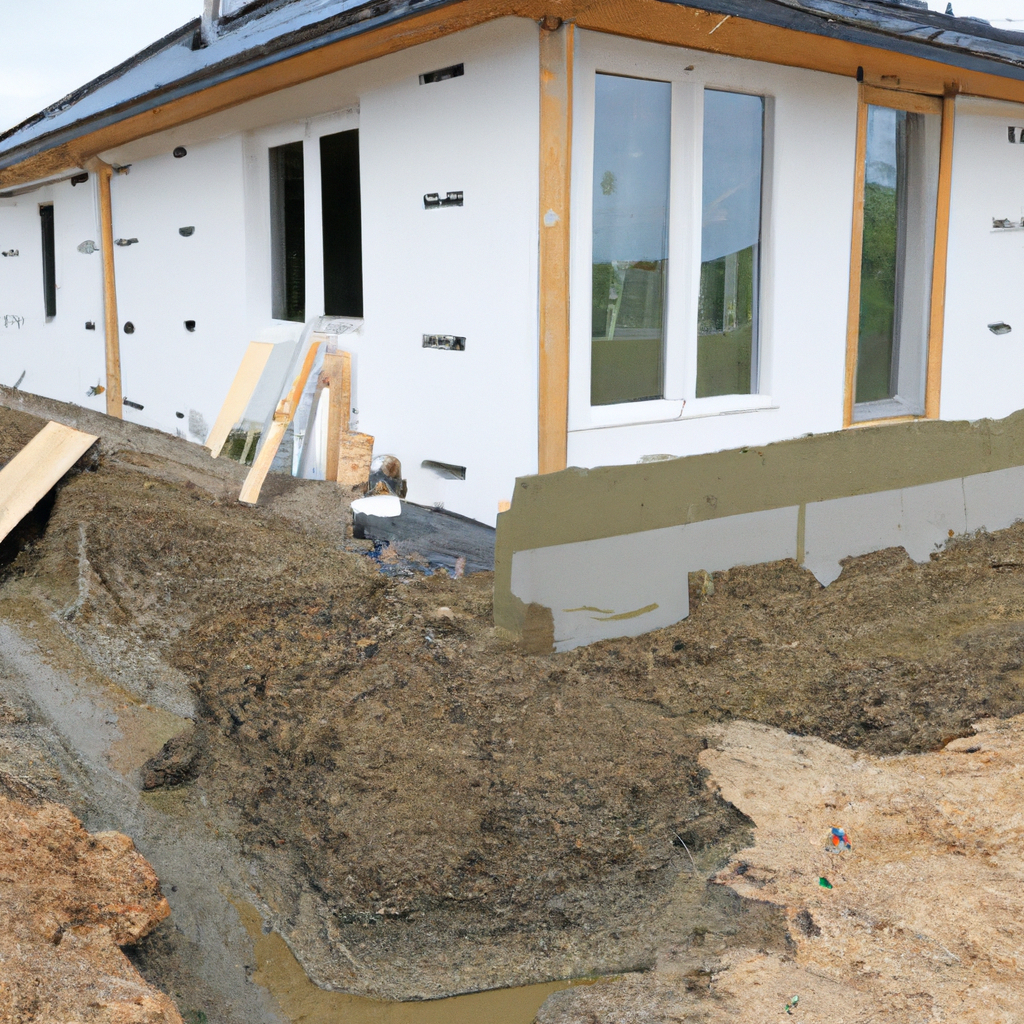Are you tired of dealing with toilet flushing problems that seem to have no apparent cause? You’re not alone. Many homeowners face this frustrating issue, and it can disrupt daily routines and cause unnecessary stress. In this comprehensive guide, we will delve into the hidden culprits behind toilet flushing problems, providing you with valuable insights and practical solutions to help you overcome this issue once and for all.
Understanding the Anatomy of a Toilet
Before we dive into the common culprits behind toilet flushing problems, let’s take a moment to understand the basic anatomy of a toilet. A typical toilet consists of several components, including the tank, bowl, flapper, fill valve, flush valve, and handle. Each of these parts plays a crucial role in ensuring a smooth and efficient flush.
The Role of the Flapper
One of the key components of a toilet is the flapper. This rubber or plastic valve is located at the bottom of the tank and is responsible for controlling the water flow from the tank to the bowl during a flush. When the flapper is lifted, water rushes into the bowl, creating the necessary force to remove waste.
Common Culprits Behind Toilet Flushing Problems
1. Flapper Issues
A worn-out or misaligned flapper can lead to toilet flushing problems. Over time, the flapper may become brittle or develop cracks, causing it to lose its ability to create a proper seal. This can result in water leaks and inefficient flushing. Additionally, a flapper that doesn’t close properly can lead to continuous water running, wasting valuable resources.
To resolve flapper-related issues, inspect the flapper for signs of wear and tear. If necessary, replace it with a new one. Ensure that the flapper is properly aligned and creates a tight seal when closed.
2. Fill Valve Problems
The fill valve, also known as the ballcock, is responsible for refilling the toilet tank after each flush. If the fill valve is malfunctioning, it can lead to inadequate water levels in the tank, resulting in weak or incomplete flushes. Additionally, a faulty fill valve may cause the tank to overfill, leading to constant water running.
To address fill valve problems, check the water level in the tank. Adjust the fill valve if necessary to ensure it is set at the appropriate level. If the fill valve is defective, consider replacing it with a new one to restore proper functionality.
3. Clogged Toilet Jets
Toilet jets are small holes located under the toilet rim that spray water into the bowl during a flush. Over time, these jets can become clogged with mineral deposits, debris, or mold, hindering the flow of water and compromising the flush efficiency.
To unclog the toilet jets, use a wire hanger or a small brush to gently remove any obstructions. Alternatively, using a mixture of vinegar and water can help dissolve mineral deposits. Regular maintenance and cleaning of the toilet jets can prevent future clogs and ensure optimal flushing performance.
4. Low Water Pressure
Insufficient water pressure can significantly affect the flushing power of a toilet. If you notice weak flushes or incomplete clearing of waste, low water pressure may be the culprit. Low water pressure can be caused by various factors, such as a partially closed shut-off valve, a clogged water supply line, or issues with the municipal water supply.
To increase water pressure, check the shut-off valve and ensure it is fully open. If the water supply line is clogged, disconnect it and clean out any debris. If the issue persists, consult a professional plumber to investigate and address potential problems with the municipal water supply.
5. Obstructed Trapway
The trapway is a curved passage in the toilet that connects the bowl to the drainpipe. If the trapway becomes obstructed by foreign objects or excessive waste, it can impede the flow of water and cause flushing problems. Common culprits for such obstructions include excessive toilet paper, sanitary products, or objects accidentally dropped into the toilet.
To clear a blocked trapway, use a toilet plunger to create suction and dislodge the obstruction. If the clog persists, consider using a toilet auger or seeking professional assistance to ensure the complete removal of the blockage.
6. Improper Ventilation
Proper ventilation is essential for a well-functioning toilet system. Inadequate ventilation can result in air pressure imbalances, leading to weak flushes and gurgling noises. Ventilation issues can arise due to blocked or improperly installed vent pipes, which are responsible for allowing air to enter the plumbing system.
If you suspect ventilation problems, visually inspect the vent pipes for any visible obstructions or damage. Clear any debris or blockages that may be hindering proper airflow. If the issue persists, consult a professional plumber to ensure proper installation and functioning of the vent pipes.
7. Mineral Buildup in the Flush Holes
Mineral buildup in the flush holes, located under the toilet rim, can impede the flow of water during a flush. This buildup is commonly caused by hard water, which contains high levels of minerals such as calcium and magnesium. Over time, these minerals can accumulate and restrict the water flow, resulting in weak flushes.
To remove mineral buildup, use a mixture of vinegar and water to soak the affected areas. Scrub gently with a brush to dissolve and remove the mineral deposits. Regular cleaning and maintenance can prevent future buildup and ensure optimal flushing performance.
Conclusion
Toilet flushing problems can be frustrating, but with a thorough understanding of the common culprits behind them, you can effectively troubleshoot and resolve these issues. By addressing flapper issues, fill valve problems, clogged toilet jets, low water pressure, obstructed trapways, improper ventilation, and mineral buildup, you can restore your toilet’s flushing efficiency and enjoy a hassle-free experience. Remember, regular maintenance and prompt attention to any problems that arise will help you maintain a smoothly functioning toilet system for years to come.

